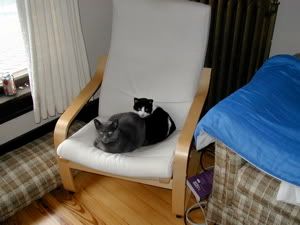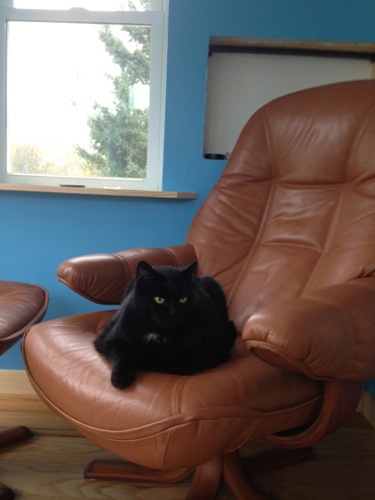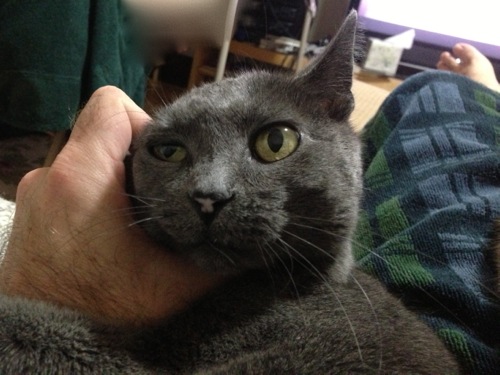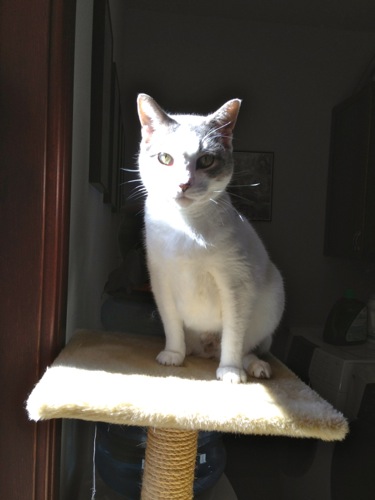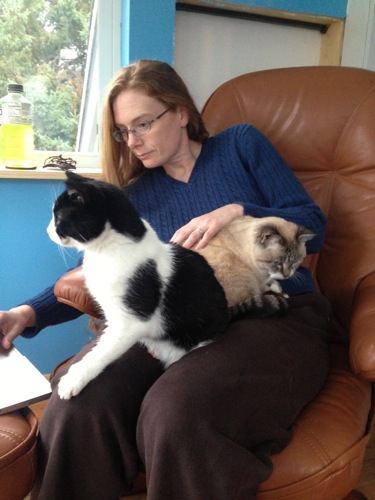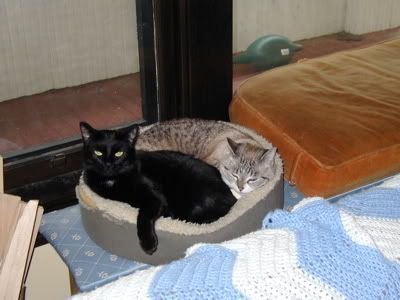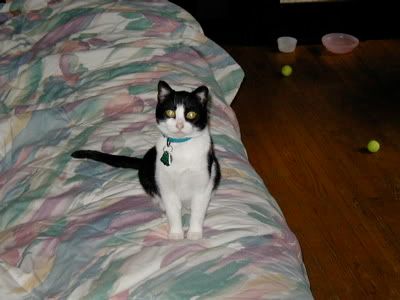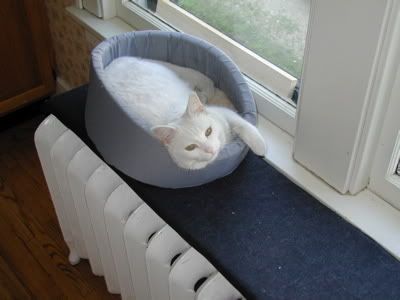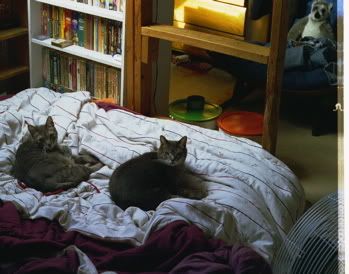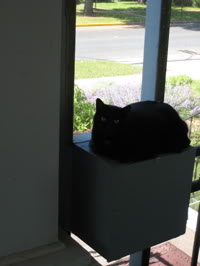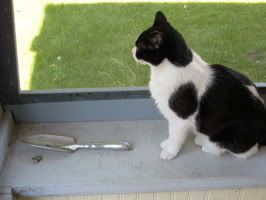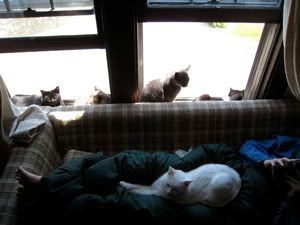I had really strange dream last night about visiting my old school and ending up having to take a standardized test on the Muppets. Only, during the part of the test period where they gave you the context for the questions (new Muppets with some interesting new story structure), my cat Nutmeg escaped and I had to go chase her done outside before anything bad could happen to her. When I got back I’d missed important parts of the test. I wasn’t stressed about it though because I knew I could ace the test anyway. Then I woke up.
What does that have to do with writing? I don’t know about it at a conscious level, but at an unconscious level I woke up with quite a few of the story tools I need to solve some of the problems I’ve been having with The Black School sequel. Pretty much without transition I went from the Muppet dream into waking, plotting on, and thinking about The Eye Of Horus, and I could feel my backbrain linking the two somehow.
Apparently my subconscious was able to use Kermit and the gang to organize my thoughts about what The Eye Of Horus is really about thematically and in terms of story arc and also to work out some of the details of the romance subplot.
Why Muppets? I don’t know. How? I can’t say for sure, but I could make an informed guess about symbolic reasoning and a brain wired for story making connections between a successful extant storyworld construct and the one I’m building.
Basically, at the unconscious level I think in story, which is why I tend to leak weirdness if I’m not writing. The stuff has to go someplace and the page is probably the safest place for it.
In short, I write to protect the rest of you from the stuff that would otherwise leak out of my brain and pollute the social environment.
(Originally published on the Wyrdsmiths blog July 16 2008, and original comments may be found there. Reposted and reedited as part of the reblogging project)




